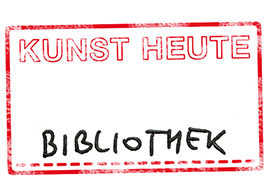Design Notes
Here are some of the features and notes about PmWiki's design decisions. Many of these derive directly from the PmWiki Philosophy and lots of discussion on the mailing lists.
- PmWiki:Flat File Advantages - why PmWiki uses flat files to store pages instead of an SQL database
- PmWiki:Hierarchical Groups - why PmWiki doesn't support nested groups
- PmWiki:Page Locking - how PmWiki works without locking pages (see also simultaneous edits)
- PmWiki:Page File Format - the format of PmWiki's page files
- PmWiki:Search Improvements - why PmWiki has a native search engine
- PmWiki:File Permissions - some information about PmWiki's file permission settings
- PmWiki:Wiki Group Motivation - why WikiGroups
- PmWiki:WYSIWYG - why not WYSIWYG.
Why doesn't PmWiki use hierarchical / nested groups?
It essentially comes down to figuring out how to handle page links between nested groups; if someone can figure out an obvious, intuitive way for authors to do that, then nested groups become plausible. See Design Notes and PmWiki:Hierarchical Groups.
Why don't PmWiki's scripts have a closing ?> tag?
All of PmWiki's scripts now omit the closing ?> tag. The tag is not required, and it avoids problems with unnoticed spaces or blank lines at the end of the file. Also, some file transfer protocols may change the newline character(s) in the file, which can also cause problems. See also the Instruction separation page in the PHP manual.
Does PmWiki support WYSIWYG editing (or something like the FCKEditor?)?
Short answer: PmWiki provides GUI buttons in a toolbar for common markups, but otherwise does not have WYSIWYG editing. For the reasons why, see PmWiki:WYSIWYG.
Categories: PmWiki Developer
This page may have a more recent version on pmwiki.org: PmWiki:DesignNotes, and a talk page: PmWiki:DesignNotes-Talk.
